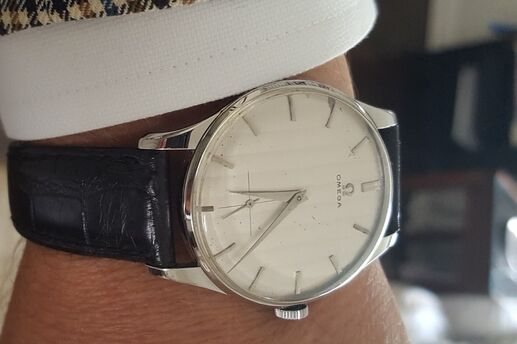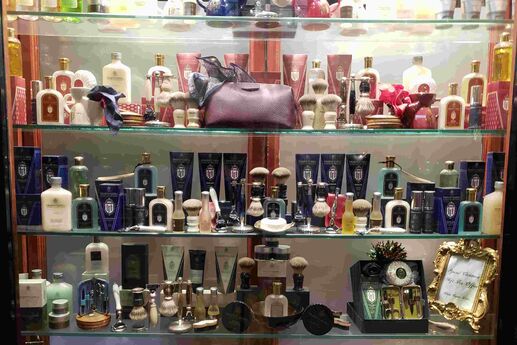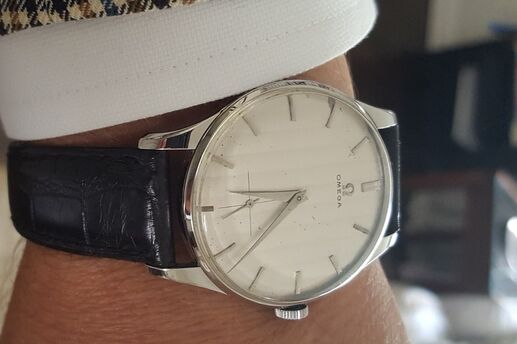How Shaving Sharpens Your Life
Shaving accomplishes much more than just removing hair from your face. Here, we reveal the surprising benefits that accompany the right cut.
As even cavemen knew thousands of years ago, the act of shaving removes facial hair (except, their method involved sharp rocks, which couldn’t have been much fun and which made removing neck stubble, in particular, an adventure akin to dodging the dreaded follicle-saurus). What they -- and maybe a smart iPhone-carrying, Wii-playing guy like you -- didn’t realize is that the act of face-blading can also boost job prospects, improve skin health, curb wrinkles, and according to scientific research, make you more attractive. Here’s how.
At Work
Fair or not, people make assumptions about what job you’re suited for based on whether you’re clean-shaven or bearded, according to a Stockholm University study. The psychologists heading the study collected photos of men with and without facial hair and asked subjects to decide which job best fit each man.
The results were surprising: Apparently, having a beard is a positive for a college professor or scientist, but the opposite is true for white-collar jobs. If you’re a lawyer, budding executive or salesman, your favorability goes up once the stubble is shorn. Keep this in mind next time you’re weighing whether or not to come back from vacation with the Grizzly Adams look.
In the Fountain of Youth
Using a razor keeps the skin healthier and holds acne at bay. It all has to do with exfoliation, the mild removal of the top layer of dead skin. “This helps cleanse your pores and reduce microscopic pimples that could ultimately lead to full-blown pimples visible to the naked eye,” says Dr. Daniel Sheehan, a dermatologist at the Medical College of Georgia.
A second benefit to exfoliation: It stimulates collagen production in the skin, which promotes elasticity and a younger, more vibrant glow.
Behind the Foliage
Dr. John C. Browning, a dermatologist at the University of Texas, notes that beards block you from applying moisturizer, the lack of which can speed up wrinkling. “It also allows others to fully see your face and takes away any assumption that the reason you have facial hair is because you need to hide behind something,” he says.
There’s a caveat, though: “Having a clean-shaven face exposes you to the sun’s rays more, so it’s important to apply sunscreen,” says Browning. “In case you’re worried about not getting enough vitamin D, which your body produces when you expose your skin to sunlight, take dietary supplements.”
In Love
Two studies offer good news for the clean team. The first was conducted by the international market intelligence company Synovate. It found that 26 percent of American women prefer men with beards, while the other 74 percent go for clean-shaven guys. (The highest ratio of women who prefer men who use razors comes from South Africa, at 94 percent; the lowest is Canada, at a still whopping 70 percent.)
The second study came from scientists at Barry University in Florida and the University of Louisville. In it, a group of men and women were given pictures of whiskerless and bearded guys, and they were asked to rate them on certain specific traits. The findings: Clean-shaven men were regarded as more appealing, more agreeable, younger and more mature.





